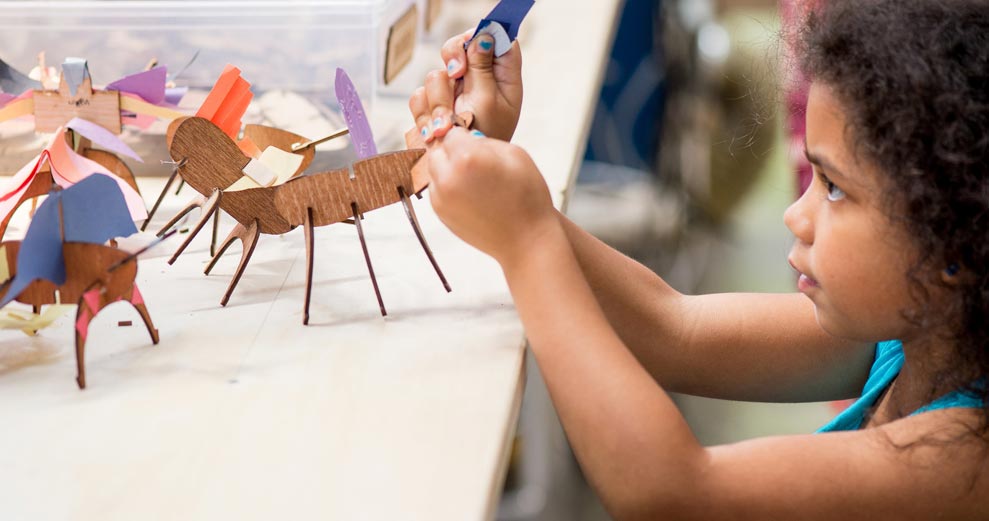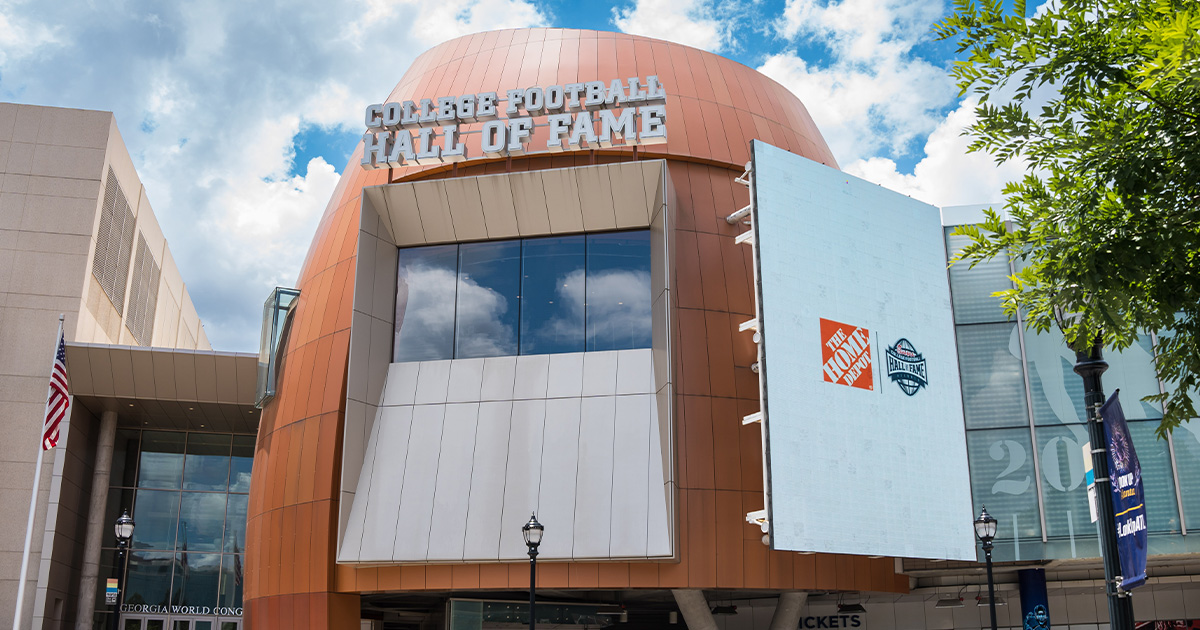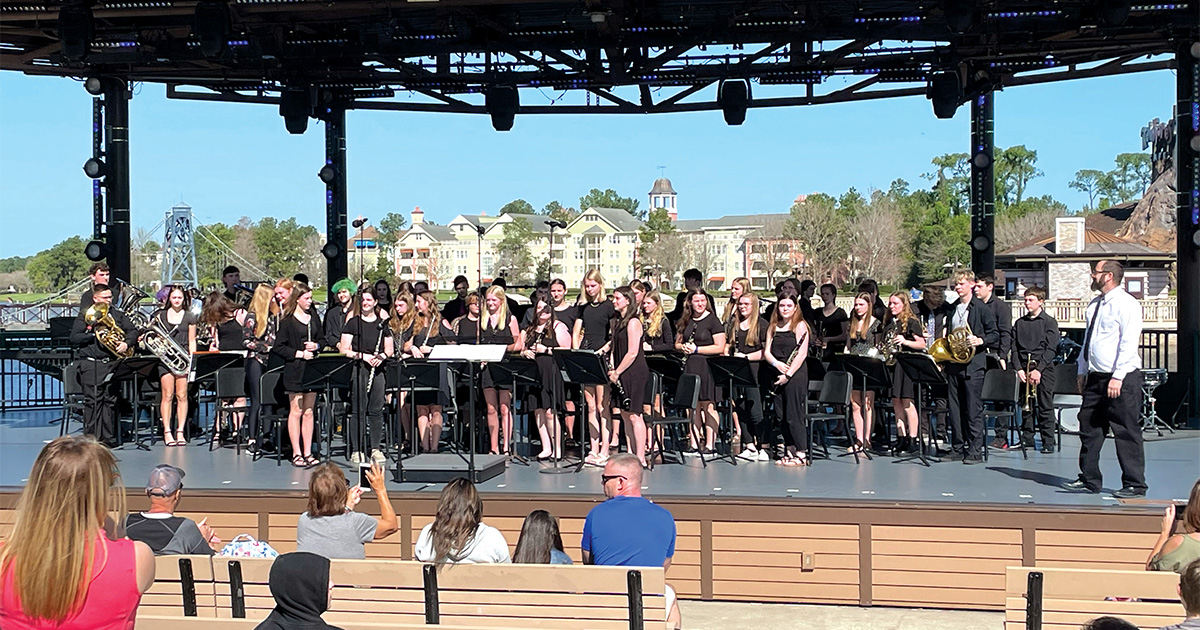Things are quieting down in museums and other institutions across the United States and Canada—but not for a lull in visitors, programming, new exhibitions or events.
For the past decade, cultural institutions have been working to better accommodate individuals with autism.
While museums are excellent centers for hands-on education and cultural experiences, the busy environments can be overwhelming for individuals with sensory processing difficulties—particularly those who are extremely reactive to sensory stimulation. Crowded spaces, vibrant colors, bright lights and loud noises can be overstimulating and impede effective functioning and learning.
The Smithsonian Institution was among the first to develop programming with the intent of making its museums more accessible and enjoyable for those with developmental disabilities. Morning at the Museum events launched in 2011, offering early entry and sensory-friendly activities to individuals on the autism spectrum, of all ages.
Yet the Smithsonian Institution is not alone in providing more inclusive programming.
The Metropolitan Museum of Art has a sensory-friendly map that notes quiet exhibits and those that may be noisy or crowded. Center of Science and Industry (COSI) created videos that give families an idea of what it’s like to visit and provides a calming room for kids who need a break. The Henry Ford and its venues accommodate those with sensory processing issues with headphones, earplugs, quiet spaces and events.
Recently, the Ontario Science Centre announced Sensory-friendly Saturdays.
Working in close collaboration with Geneva Centre for Autism, the pilot programming runs Saturdays through April 21, 2018, and includes a relaxed, drop-in planetarium experience; research conducted on-site by Bloorview Research Institute’s Autism Research Centre; practical workshops for children and caregivers facilitated by Geneva Centre for Autism; and an accessible technology showcase featuring emerging assistive and adaptive technologies. The Ontario Science Centre will evaluate the future of sensory-friendly programming based on visitor and collaborator feedback.
“The Ontario Science Centre recognizes science is the foundation for a better tomorrow,” said Karen Hager, Director of Science Engagement. “Diverse minds are needed to make informed decisions, solve global problems and develop new technologies. By enhancing accessibility, the Ontario Science Centre ensures science is available to all minds.”
In addition to Sensory-friendly Saturdays, the Ontario Science Centre created a comprehensive social story booklet.
“Neurodevelopmental disorders present a wide range of symptoms—including hypersensitivity to sound, sight and touch—that can vary greatly from person to person. It’s therefore impossible to find a one-size-fits-all environment,” Hager said. The booklet helps prepare those affected by sensory processing difficulties and neurodevelopmental disorders navigate in advance of their visits. It includes photos and simple explanations of what to expect, from waiting in line to safety rules and museum noises, to help them navigate the environment in a way that works for them.
“All visitors should have an opportunity to fully enjoy—and participate in—educational and cultural experiences,” Hager said. “Creating a space that is inclusive, collaborative and respective of different needs and abilities benefits everyone.”
Written by Cassie Westrate, staff writer for Teach & Travel.
Photo Courtesy of Ontario Science Centre.





